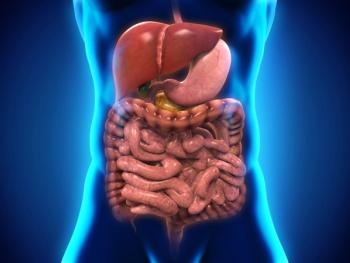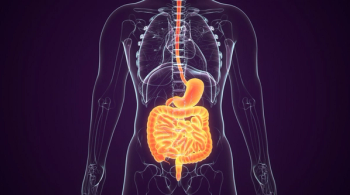
Prescription Opioid Use Among Cancer Survivors Does Not Correlate with High Risk of Misuse
Researchers suggested these findings support “continued access to opioid medications for cancer survivors who may benefit from such therapy.”
A study published in JAMA Network Open found that cancer survivors reported higher rates of prescription opioid use and similar rates of prescription opioid misuse compared with respondents without cancer.
According to researchers, these findings suggest that increased prescription opioid use among cancer survivors does not necessarily correlate with a higher risk of misuse.
“Our analysis supports continued access to opioid medications for cancer survivors who may benefit from such therapy,” the authors wrote.
In this cross-sectional, retrospective, population-based study, researchers used data from 169,162 respondents to the National Survey on Drug Use and Health from January 2015 to December 2018. Respondents who reported a history of cancer were termed “cancer survivors” and then further divided into “more recent” (had cancer within 12 months of survey) and “less recent” (had cancer more than 12 months prior to survey) cohorts. Notably, respondents with nonmelanoma skin cancer were not included.
Of the total cohort, 5139 (5.2%) were cancer survivors, including 1243 (1.2%) and 3896 (4.0%) who reported having more recent and less recent cancer histories, respectively. Overall, higher rates of prescription opioid use were observed among more recent cancer survivors (54.3%; 95% CI, 50.2%-58.4%; OR, 1.86; 95% CI, 1.57-2.20; P < .001) and less recent cancer survivors (39.2%; 95% CI, 37.3%-41.2%; OR, 1.18; 95% CI, 1.08-1.28; P < .001) compared with respondents without cancer (30.5%, reference group).
Moreover, rates of prescription opioid misuse were similar among more recent (3.5%; 95% CI, 2.4%-5.2%; OR, 1.27; 95% CI, 0.82-1.96; P = .36) and less recent (3.0%; 95% CI, 2.4%-3.6%; OR, 1.03; 95% CI, 0.83-1.28; P = .76) survivors compared with respondents without cancer (4.3%, reference group). However, among cancer survivors, younger age (aged 18-34 years vs ≥65 years: OR, 7.06; 95% CI, 3.03-16.41; P < .001), alcohol use disorder (OR, 3.22; 95% CI, 1.45-7.14; P = .005), and nonopioid drug use disorder (OR, 14.76; 95% CI, 7.40-29.44; P < .001) were associated with prescription opioid misuse.
“Our findings underscore the importance of performing a thorough social history to identify underlying mental health or substance use disorders in patients suspected of opioid misuse,” the authors noted.
Importantly, the time frame of this study coincided with the passage of legislation and guidelines which were intended to suppress excess opioid prescribing among health care professionals. Further, the current study found a numerically larger decline in prescription opioid use (-10.4%) among more recent cancer survivors who are likely to be receiving active treatment, compared with respondents without a history cancer (-3.9%). These findings, according to researchers, suggest that legislation and guidelines designed to target patients without cancer or protect cancer survivors may be inadvertently affecting cancer survivors.
“While caution against opioid misuse is certainly warranted, it should not come at the expense of effective pain management and improved quality of life for cancer survivors,” the authors wrote. “It is imperative that opioid legislation and policies recognize that cancer survivors will have a higher rate of prescription opioid use and that restrictions on prescription opioid access for cancer survivors are incongruent with their opioid utilization patterns.”
Reference:
Jairam V, Yang DX, Verma V, Yu JB, Park HS. National Patterns in Prescription Opioid Use and Misuse Among Cancer Survivors in the United States. JAMA Network Open. doi: 10.1001/jamanetworkopen.2020.13605
Newsletter
Stay up to date on recent advances in the multidisciplinary approach to cancer.

















































































